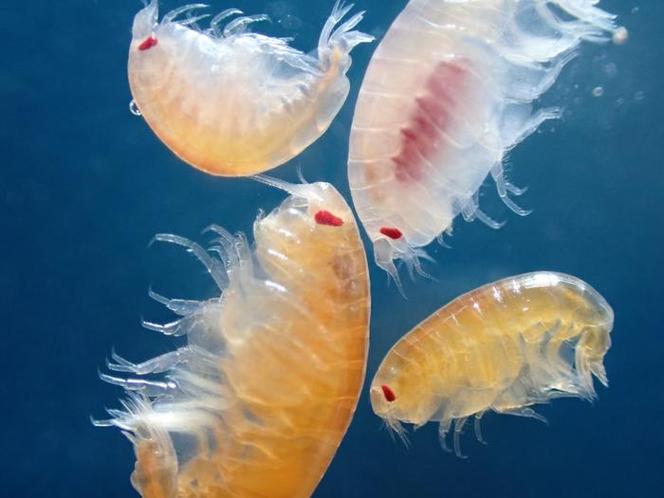


Jellyfish have never had a good reputation. It could be blamed on the stings of the most aggressive members of the species. But more broadly, it's due to a preconceived notion that, in the great chain of living things, these slimy creatures represented a "nutritional cul-de-sac," a nice way of saying that no other species found them palatable. So, what asset could a 95% aqueous animal in the middle of the ocean possess? 20th-century scientists should have been wary. Hundreds of millions of Chinese people consider jellyfish a delicacy, so we shouldn't be ruling out the possibility that other species might be making the most of it.
Over the last 20 years, studies have been proliferating. Traces of jellyfish and their gelatinous cousins, such as hydrozoans and ctenophores, have been found in the stomachs of fish (haddock, sea bass, smelt), birds, and crustaceans. But this has always been in small quantities. In a study published on February 14 in Frontiers in Marine Science, a team of marine biologists has just shown that, in the Arctic night, these creatures could well play a major dietary role.
Specializing in these gelatinous creatures, Charlotte Havermans' team at Germany's Alfred Wegener Institute decided to explore the waters of Kongsfjorden. Located in western Svalbard, Norway's most northerly archipelago, this fjord has become "a kind of sentinel of what we call the 'atlantization' of the Arctic," explained the researcher. Water temperatures are warmer here than anywhere else, and new species are moving in. What role would jellyfish play? What predators would be able to feast on them? "We obviously didn't have the answer, but given the sheer number of species we were observing, from large lion's mane jellyfish to tiny hydrozoans, we were convinced we'd find something," said the marine biologist.
Since scientists like difficulty and sparsely surveyed terrain, Havermans and her colleagues set their traps in the Arctic night, in January and February 2022. Two small crustaceans quickly filled them: Orchomenella minuta and Anonyx sarsi – two amphipod species that are exclusively scavengers. The researchers then sifted through their food bowls using the powerful new method of environmental DNA detection. Instead of looking for preserved pieces of food, they now search for simple genetic traces.
This is a real game changer for gelatinous creatures, digested in the blink of an eye. Indeed, in their analyses, the scientists found virtually all the jellyfish and jellyfish-like creatures they had observed in the area. The conclusion was that these two crustaceans do indeed relish jellyfish corpses, once they have sunk to the bottom.
You have 25.83% of this article left to read. The rest is for subscribers only.
